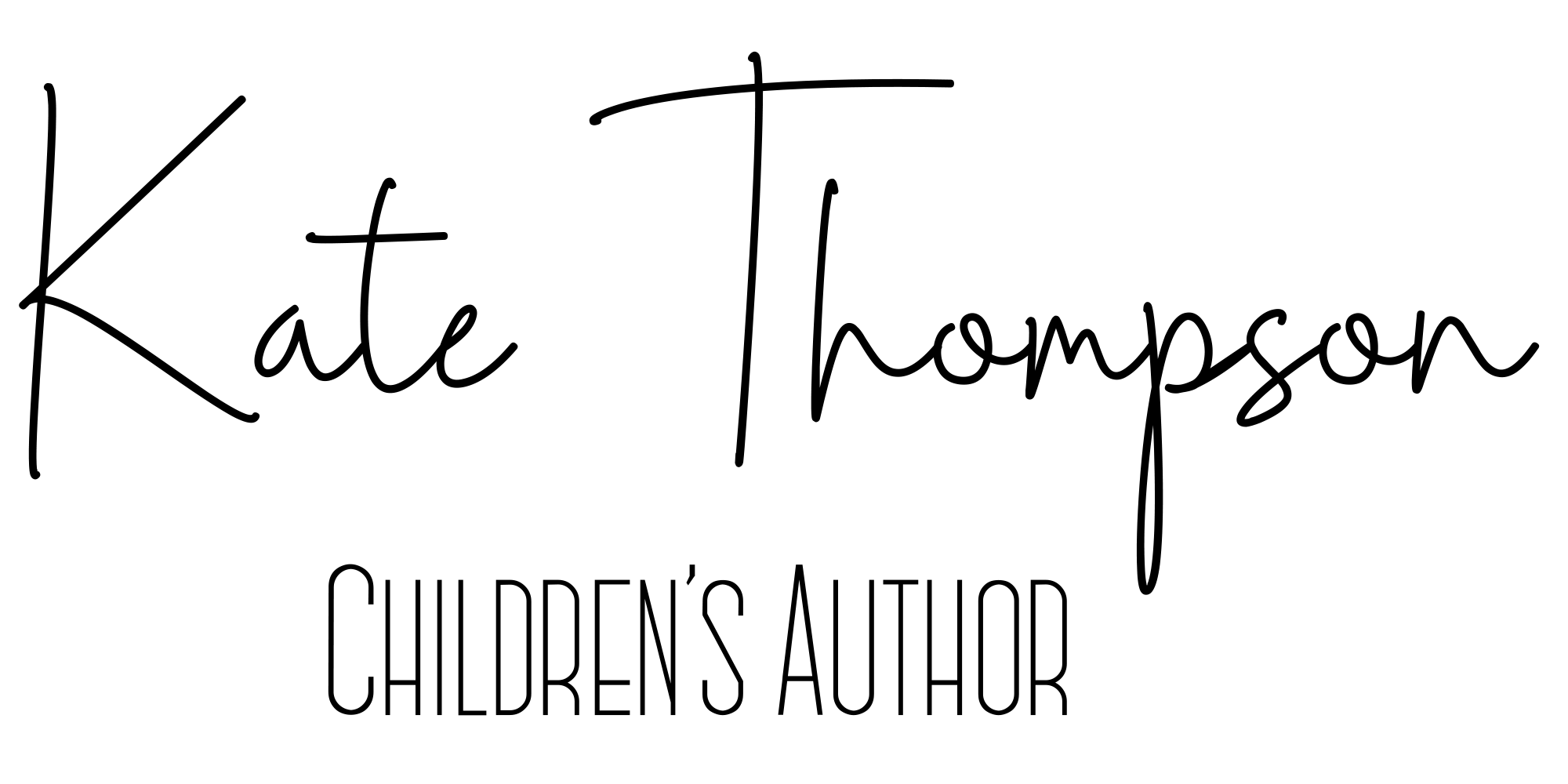You refresh your inbox for what seems like the hundredth time that day, and an email appears. But this is not just any email; this email is from a publisher you submitted to months ago.
Immediately, your stomach flips, your heart thumps and you hold your breath, bracing yourself to read yet another rejection. Wincing, you open the email, scanning its contents for the words ‘sorry’, ‘unfortunately’, ‘not a good fit’… but to your amazement they are not there. Instead, the words ‘we would love to make you an offer’ leap off the page! It’s finally happened! The moment you have been dreaming of! But what happens next?
Prepare yourself for a rollercoaster of emotions!
I can, of course, only speak for myself, but my emotional reaction to the news went something along the following lines:
- Disbelief. I struggle with low self-confidence, so even though I was immensely proud of Superheroes Don’t Get Scared and knew it was special, I still could not quite believe that an actual publisher wanted to make it into a book! I re-read the email over and over to check for any trickery, but it really was an offer of a traditional publishing contract with a proper publisher (in fact, my dream publisher for this particular book!)
- Pure joy. Happy dance time! My joy exponentially increased when I told my children the news and saw their faces light up! Enjoy this moment – you really do deserve it!
- Fear. At some point after receiving the contract (more on this below), the reality really sunk in: I was going to be a published author. Exciting? Definitely. But, also big, new and scary. Publishing is most definitely a business. What had I got myself in for? What if the book didn’t turn out like I had imagined? What if no-one liked it? What if I turned out to be no good at all the other things that an author has to do to be successful?
- Determination. I faced my fear (ironically one of the themes of my picture book) and embraced the steep learning curve ahead of me. I was determined to do all I could to make the book a success, and most importantly, to enjoy the process!
Contracts
You will be sent a contract setting out the terms of your relationship with the publisher. These vary enormously and contain lots of complex legal language. It is vital that you completely understand every clause of the contract. Remember it is not only there to regulate the publication of your book and payments, but also to set out what happens if things go wrong.
If you have an agent, they should be able to advise you on the contract and conduct any necessary negotiations on your behalf. If, like me, you were working without an agent, it falls on you to ensure that you understand exactly what you are signing. As an ex-solicitor I negotiated my contract myself (and quite enjoyed the process!), but for most authors this is probably not going to be an option. This is where the Society of Authors can help by providing clause-by-clause contract vetting. Membership of the Society also gives you access to future legal support should you require it.
Editing
If you thought that your submitted ‘final draft’ was the version that would make it into the world, you are probably mistaken. Most publishers will have their own edits that they want you to make to your manuscript before it is deemed the ‘final version’.
If you are concerned about this and have any changes that genuinely would be a deal-breaker for you, try to find out any significant changes that the publisher wants before you sign your contract. However, try to remain open-minded and flexible – editors know what they are doing!
Try to enjoy the editing process if you can, as you may well end up doing several rounds of edits as your book passes through the various in-house departments!
Finding the Right Illustrator
Having spoken to other writers, I understand that authors’ involvement in choosing the illustrator varies hugely between publishers. My editor at Ups¡de Down Books has kept me very involved in the process, which I have loved. Illustrations are so key to the look and feel of a finished picture book, so I was overjoyed to be matched with the brilliant Clare Elsom.
Illustrators are busy and can get booked up years in advance, so be aware that the choice of illustrator can affect the timeline for the publication of your book. It takes time and effort to create art. Make sure you give your illustrator credit, they are as much a creator of the book as you are.
Patience
Picture books take an average of 2 years (but sometimes much longer) to make it out into the world. Finalising your manuscript is just the beginning of a huge team effort to create the finished picture book. During this time everything may seem quiet, but in fact:
- Editors are working with you to perfect your text.
- The illustrator is producing their artwork, in rough drafts and then in final colours.
- Art Directors are working their magic on the interiors.
- Marketing and Sales Departments are producing promotional material, and marketing and selling your book ahead of it being published.
Learning
As a debut author, I was acutely aware of how little I knew about what happened next. If you are in a similar position, I highly recommend investing in a membership of SCBWI. I have attended several hugely helpful workshops about picture book publishing, including a bootcamp created to help debut authors with school events, social media and marketing.
These events have also helped me to connect with other authors. Do not underestimate the importance of having a supportive writing community: it really does take a village to create a successful picture book (and a sane and happy picture book author).

